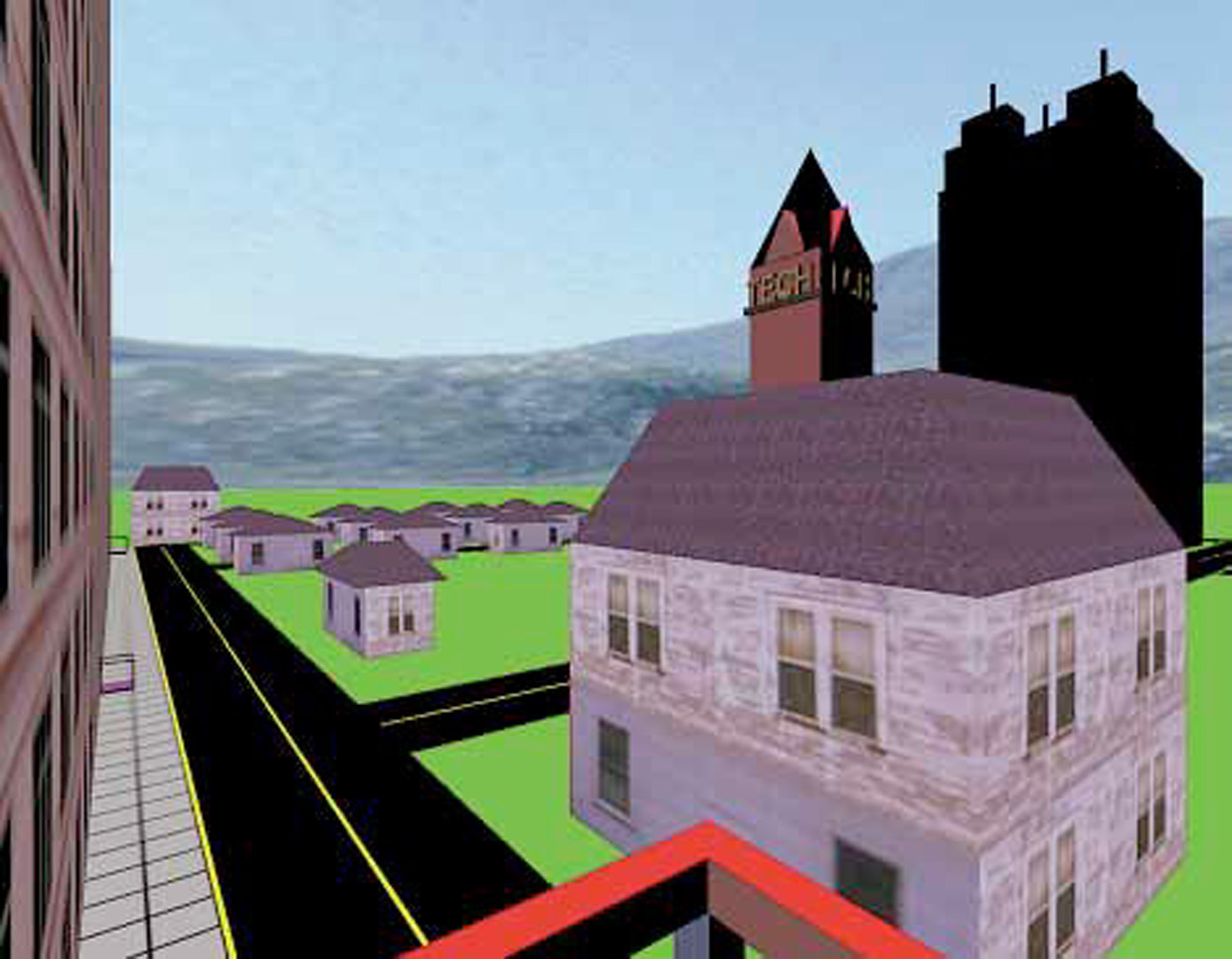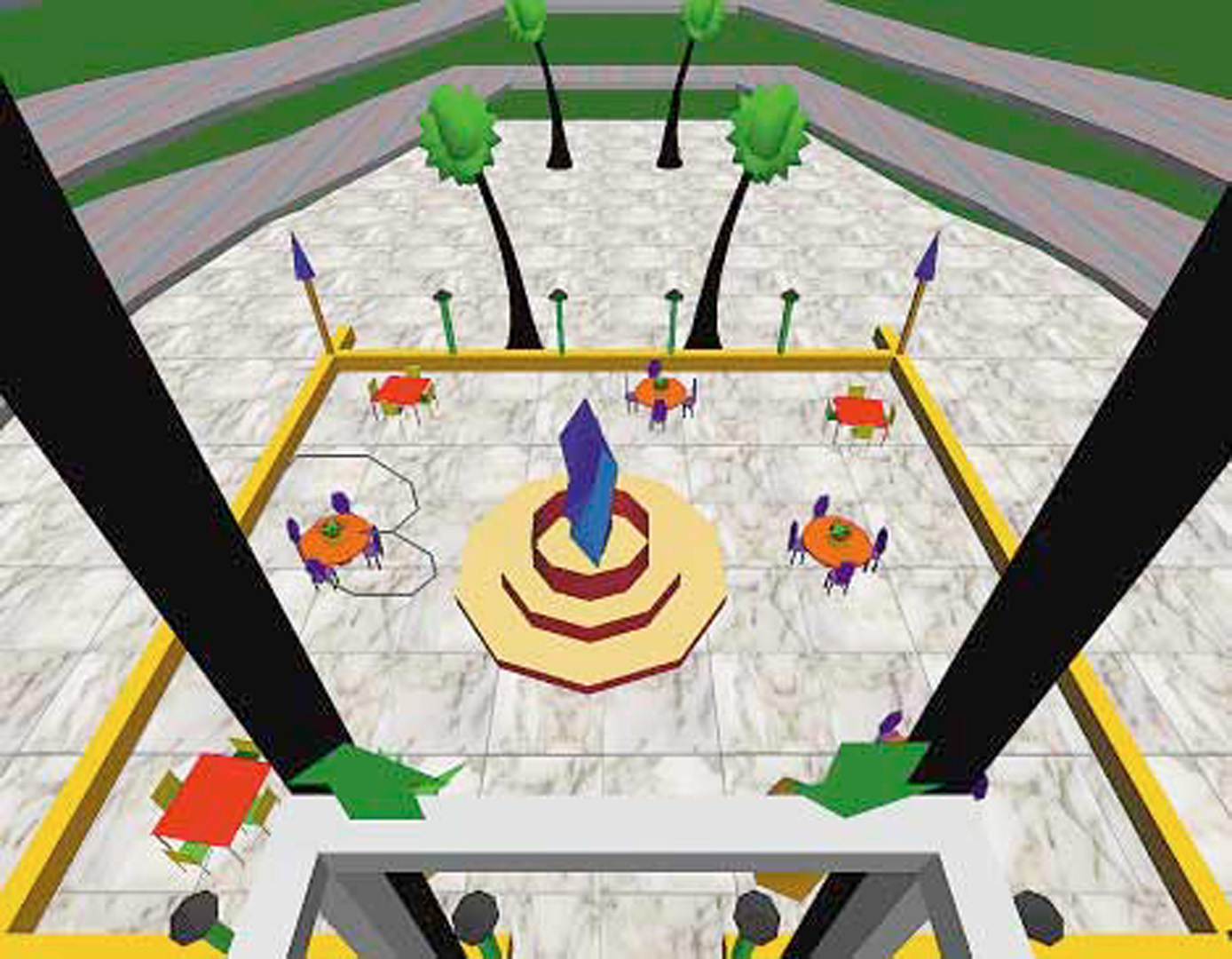“Overcoming Phobias Using Virtual Reality” by Cooper
Notice: Pod Template PHP code has been deprecated, please use WP Templates instead of embedding PHP. has been deprecated since Pods version 2.3 with no alternative available. in /data/siggraph/websites/history/wp-content/plugins/pods/includes/general.php on line 518
Conference:
- SIGGRAPH 1996
-
More from SIGGRAPH 1996:
Notice: Array to string conversion in /data/siggraph/websites/history/wp-content/plugins/siggraph-archive-plugin/src/next_previous/source.php on line 345

Notice: Array to string conversion in /data/siggraph/websites/history/wp-content/plugins/siggraph-archive-plugin/src/next_previous/source.php on line 345

Type(s):
Entry Number: 18
Title:
- Overcoming Phobias Using Virtual Reality
Program Title:
- Digital Bayou
Presenter(s):
Collaborator(s):
Project Affiliation:
- Georgia Institute of Technology
Description:
Eposure therapy involve exposing subjects to anxiety producing stimuli while allowing the anxiety to attenuate. These stimuli are generated through a variety of modalities including imaginal (in which the subject generates stimulus via the imagination) and in vivo (in which the subject is exposed to real situations).
Acrophobia (the fear of heights) is characterized by marked anxiety about high places, avoidance of heights, and interference in normal every day activities. Based on an initial subjective evaluation of what types of height situations cause anxiety in a patient, a therapist using an in vivo graded-exposure approach to treating acrophobia would arrange therapy sessions in which the patient goes through a process of exposure and adjustment to those situations (habituation). Patients begin with less threatening situations and gradually work their way up a hierarchy of more anxiety-producing experiences. For example, therapy sessions might begin by looking through a third-floor window with the therapist present. In subsequent sessions the patient might move up to a window on the tenth floor. Other common locations for in vivo therapy are external stairways, balconies, bridges, and
elevators.
In virtual reality exposure, instead of confronting a real environment or imagining the fearful situation, the patient confronts a virtual environment containing the feared stimulus. In the first controlled study of virtual reality exposure therapy in the treatment of a psychological disorder, a team of therapists and computer scientists demonstrated that it can be very effective in reducing acrophobic anxiety and avoidance of heights, and in improving attitudes toward heights.
In this project, acrophobia is treated with four different scenarios: a glass elevator, a canyon with bridges, balconies overlooking a city, and an airplane flight. In the elevator, the subject controls a glass elevator inside a 49-story building. In the bridges scenario, the subject can move from a boat floating on the water to any of three bridges above. In the balconies, the subject moves between outside balconies attached to a building overlooking a small city. And in the Virtual Airplane project, the subject is taken aboard an airplane to experience a virtual flight in varying weather conditions. The experience can be changed from a smooth flight to a rough flight and even a rough landing. The Virtual Airplane features extensive sound effects. It also provides out-the window animation based on both modeled objects and aerial photography.







